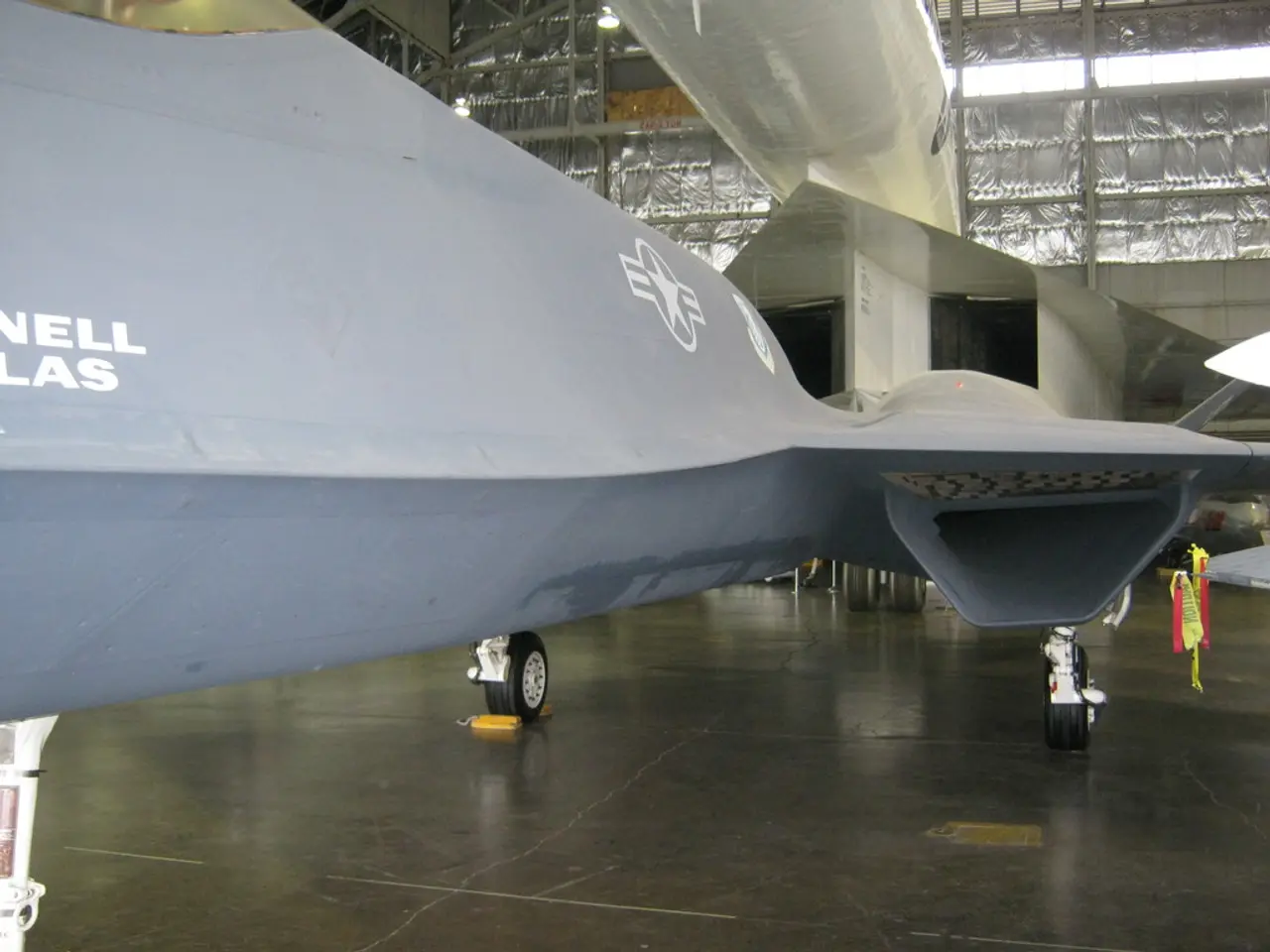Alaska Airlines Faces Criticism in Harsh Report Regarding Door Explosion Incident by Boeing
The National Transportation Safety Board (NTSB) has released its final report on the Alaska Airlines Flight 1282 incident, which occurred on January 5, 2024, involving a Boeing 737 MAX 9. The report highlights a series of failures by Boeing and the Federal Aviation Administration (FAA) in providing adequate training, guidance, and oversight, leading to the in-flight separation of the left mid-exit door (MED) plug and subsequent cabin decompression.
The probable cause of the accident was determined to be Boeing's failure to provide clear, concise, and easy-to-use instructions for performing parts removals. This lack of clarity in the Business Process Instruction (BPI) for manufacturing personnel made it difficult for workers to correctly comply with the parts removal process, resulting in four key bolts securing the MED plug being left unattended during rework at Boeing's Renton factory.
The FAA was also criticized for ineffective compliance enforcement and inadequate oversight of Boeing's manufacturing process. The agency failed to identify and address recurring non-conformance issues related to parts removal and reinstallation, contributing to the incident.
During the incident, the flight crew experienced sudden decompression, causing their ears to pop and dislodging their headsets. The flight deck door blew open, making communication difficult due to the noise. The first officer completed the rapid decompression checklist while the captain flew the aircraft back to Portland, where it landed safely without further incident.
Eight people sustained minor injuries, but all passengers and crew survived. The accident raised safety concerns regarding the lack of child restraint requirements for children under two years old in rapid decompression scenarios.
The NTSB's report includes extensive recommendations for improving Boeing’s manufacturing practices, employee training, and safety culture, as well as addressing regulatory issues such as the lack of child restraint requirements. Alaska Airlines' safety culture and adherence to protocol in the toughest of situations were applauded by Airline Ratings CEO Sharon Petersen.
[1] NTSB (2024). Alaska Airlines Flight 1282, Boeing 737 MAX 9, N521AS, Seattle, Washington, 5 January 2024. Retrieved from https://www.ntsb.gov/investigations/AccidentReports/Pages/aviationbulletin200124.aspx [2] Alaska Airlines (2024). Alaska Airlines Statement on Flight 1282. Retrieved from https://www.alaskaair.com/content/newsroom/news-and-information/press-releases/2024/january/alaska-airlines-statement-on-flight-1282 [3] AirlineRatings (2024). Alaska Airlines Earns Top Safety Rating from AirlineRatings. Retrieved from https://www.airlineratings.com/news/alaska-airlines-earns-top-safety-rating-from-airline-ratings/ [4] FAA (2024). FAA Statement on Alaska Airlines Flight 1282. Retrieved from https://www.faa.gov/news/press_releases/news_story.cfm?newsId=25843 [5] Boeing (2024). Boeing Statement on Alaska Airlines Flight 1282. Retrieved from https://www.boeing.com/news/releases/2024/january/boeing-statement-on-alaska-airlines-flight-1282.page
[1] Technology advancements in education-and-self-development could have prevented the tragic Alaska Airlines Flight 1282 incident, as interactive, easily accessible, and user-friendly training materials might have improved Boeing's instructions for parts removals.
[2] As the airline industry continues to evolve with technology, it's essential to prioritize education and self-development to ensure not only the safety of passengers but also the efficiency and quality of airline news operations.




